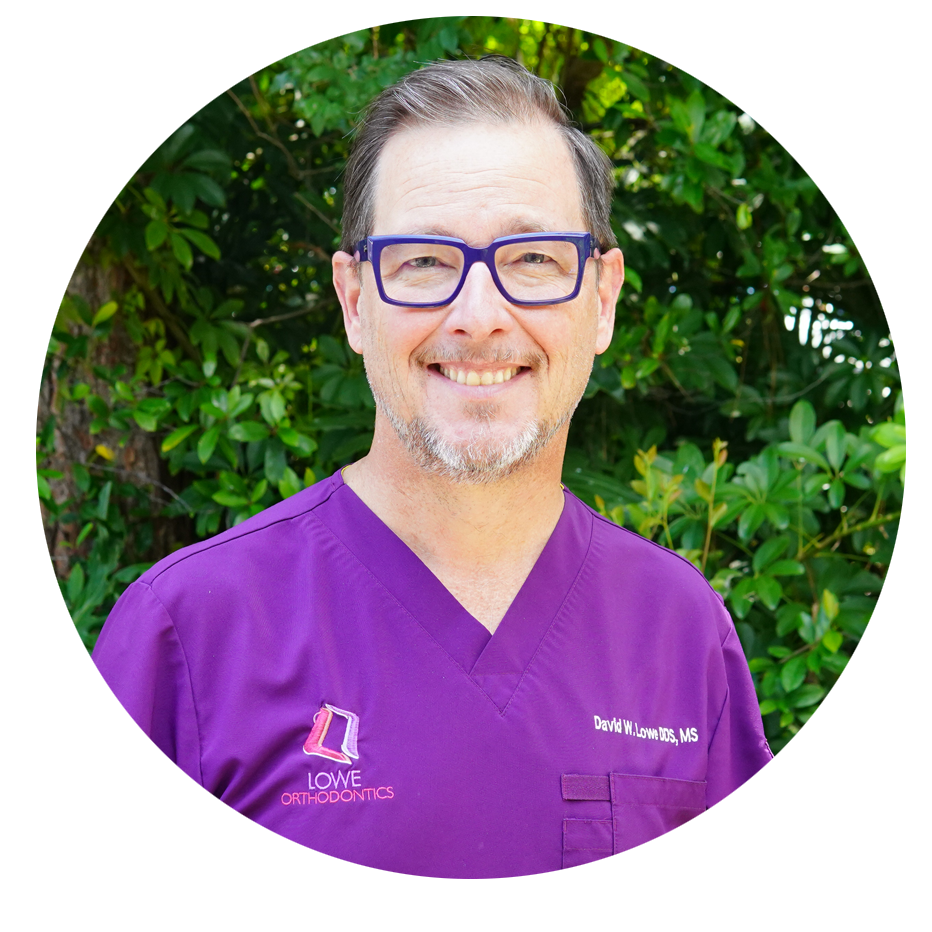Lowe Orthodontics Office Policies
We never want costs to stand in the way of quality treatment, which is why we are dedicated to providing our patients with care that is both effective and affordable. Your treatment plan will include a breakdown of all applicable fees, and we will inform you of all costs before treatment is administered.
We offer a variety of payment options to meet your needs. We accept Visa, MasterCard, Discover and American Express. Financing options are also available through our office.
If you have any questions about financing or payment, ask us! We will thoroughly explain your choices and work hard to accommodate you.
Insurance
Our office is committed to helping you maximize your insurance benefits. Because insurance policies vary, we can only estimate your coverage in good faith but cannot guarantee coverage due to the complexities of insurance contracts.
When you first visit our office, bring your current insurance card with you. If you change insurance companies or join another employer’s plan, please be sure to let us know. If an insurance referral is necessary, please bring the completed form with you to your appointment.
We will fully attempt to help you receive full insurance benefits; however, you are personally responsible for your account, and we encourage you to contact us if your policy has not paid within a reasonable timeframe. If we are not contracted under your insurance, you will be given a copy of services and charges to file with your insurance claim form.
Email Us
info@drdavidlowe.com
Address
4904 Clyde Morris Blvd. Port Orange, FL 32129
Call Us
(386) 304-0100
Meet Our Team
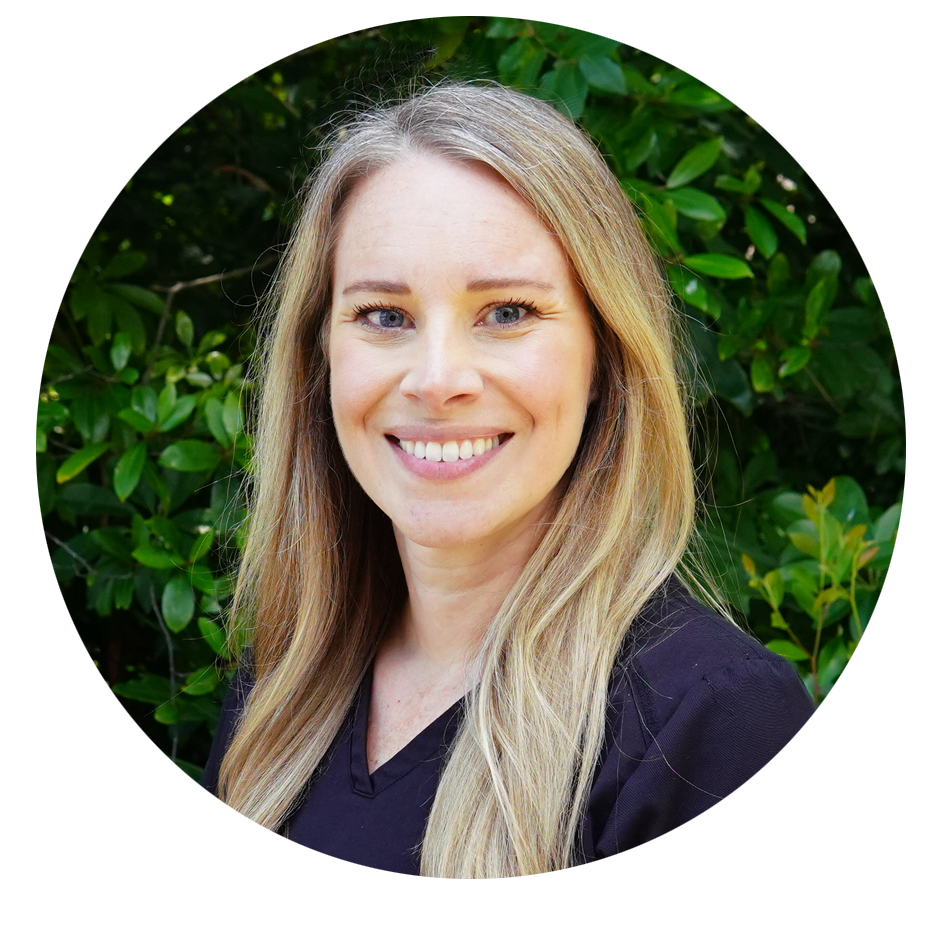
Tina
Job Title – Financial Coordinator
If I won the lottery tomorrow, I’d: Open a Book store. And, you know, keep working here too.
The best piece of advice I’ve ever been given is: Prioritize happiness and be kind to yourself.
If I could pick one food to eat for the rest of my life it would be: Sushi!
What’s your favorite thing about working at Lowe Orthodontics? Dr. Lowe, the amazing staff and seeing the smile transformations in our patients.
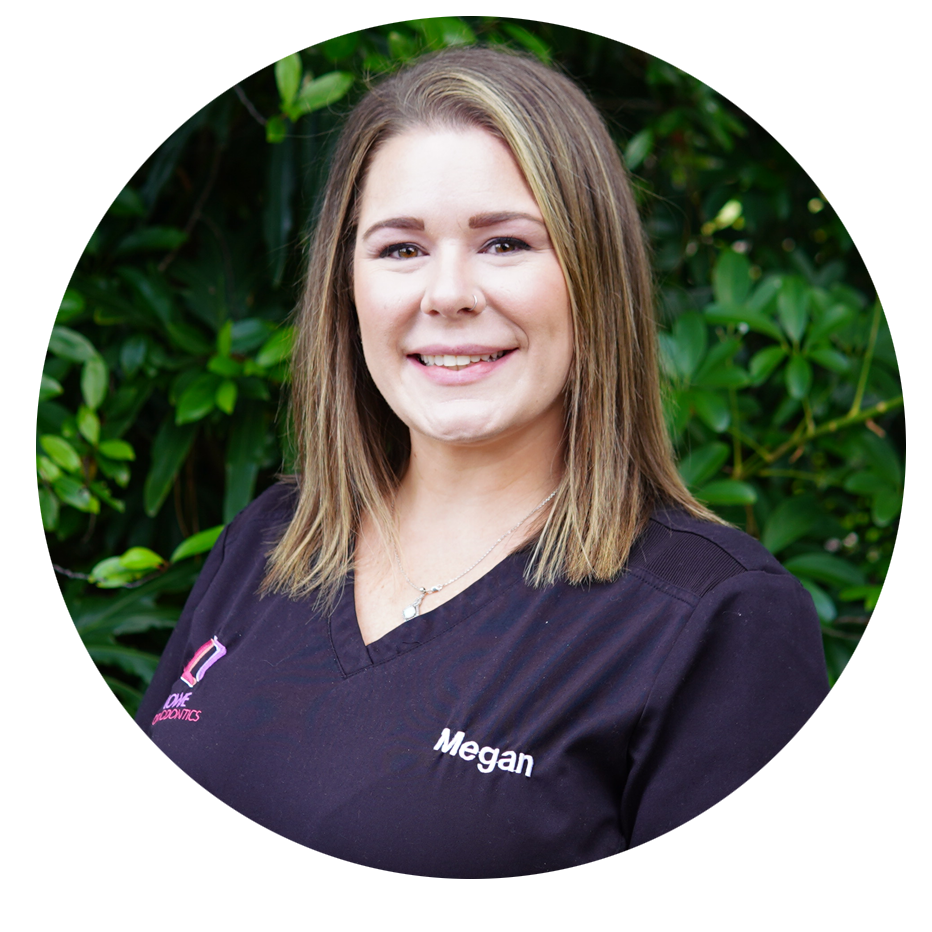
Megan
Job Title – Treatment Coordinator
If I were a Super Hero, my super power would be: Teleportation.
When I was 5, I was pretty sure I’d be a: Marine Biologist.
If I could invent a holiday, it would be: a Halloween & Christmas Mash-Up Holiday (think Tim Burton’s Nightmare Before Christmas).
What’s your favorite thing about working at Lowe Orthodontics? It’s incredibly fulfilling to see firsthand the confidence that a new, beautiful smile can give someone after treatment.
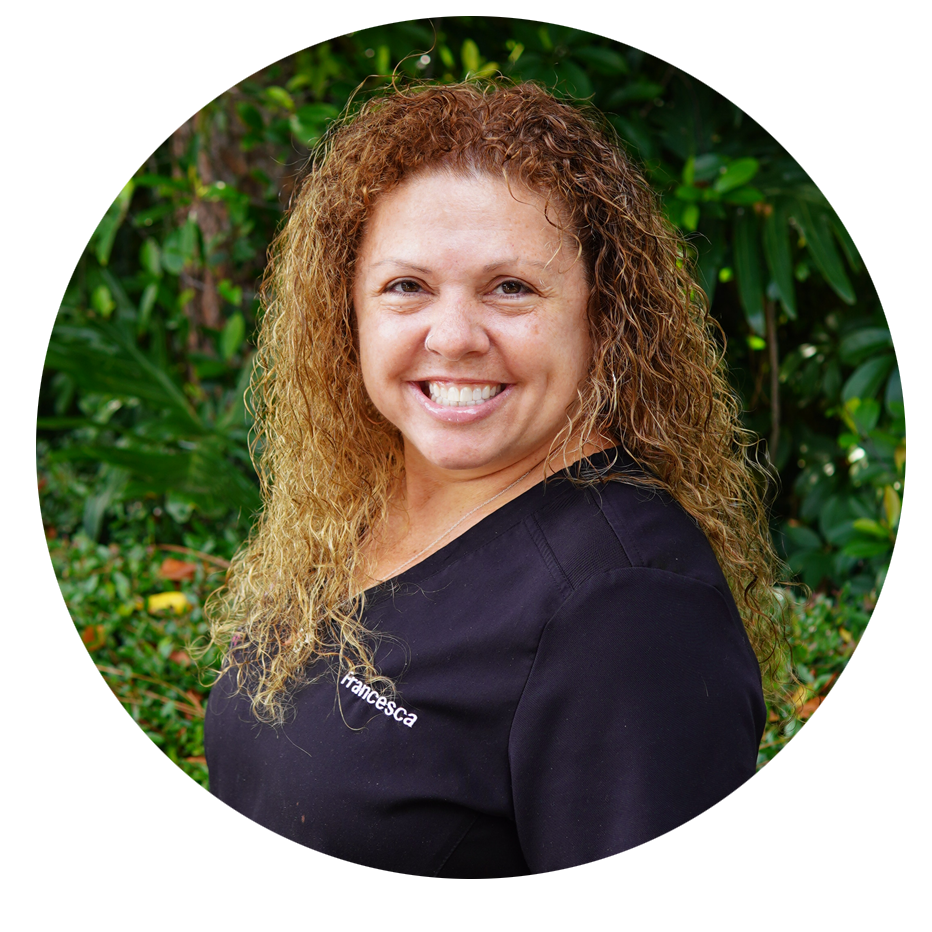
Francesca
Job Title – Orthodontic Assistant
If I were a Super Hero, my super power would be: Omnilingualism.
The best piece of advice I’ve ever been given is: “#5”, my Mother’s favorite saying- you must have/learn patience!
If you were a pasta shape, what shape would you be and why? Ravioli: I may look normal on the outside but I am full of all kinds of good things inside.
What’s your favorite thing about working at Lowe Orthodontics? The fulfilling aspect of being able to touch the lives of our patients while also fostering connections that go beyond the “typical” patient-assistant relationship.
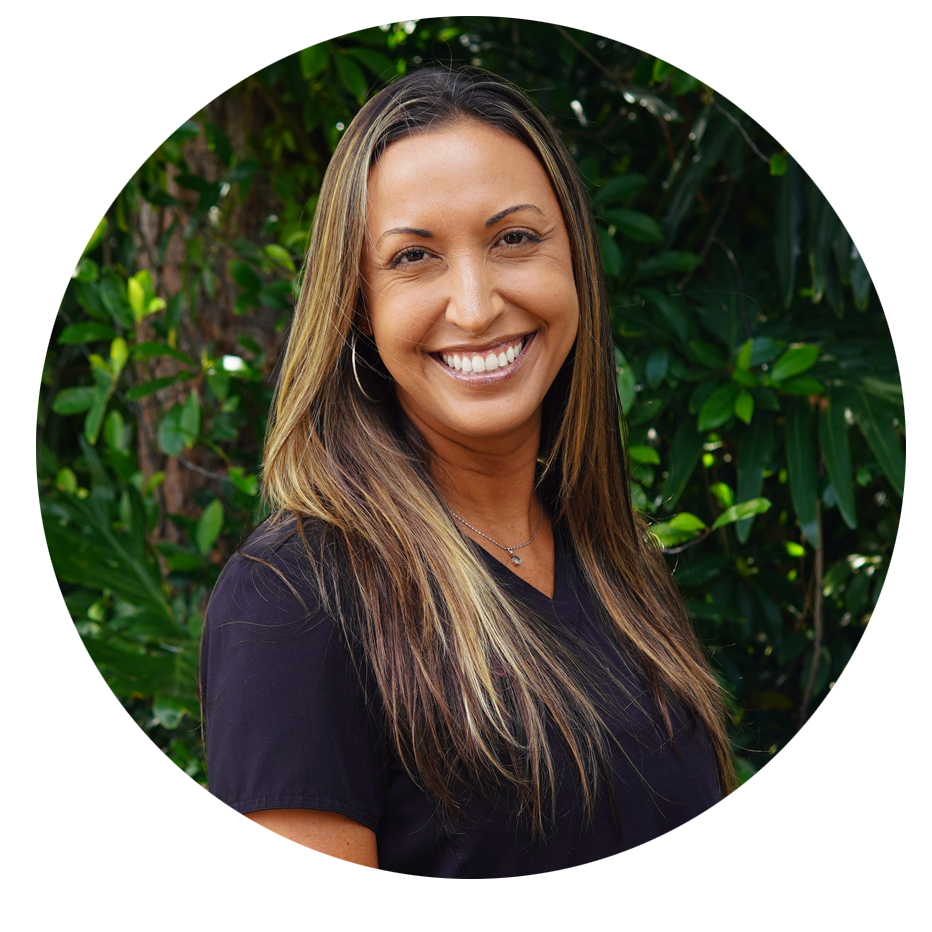
Jenn
Job Title – Orthodontic Assistant
If I were a Super Hero, my super power would be: Invisibility.
When I’m not at work, you can find me: at the Beach!
My favorite word in the English language is: “NO!”
What’s your favorite thing about working at Lowe Orthodontics? Building relationships and being part of a patients transformation.

